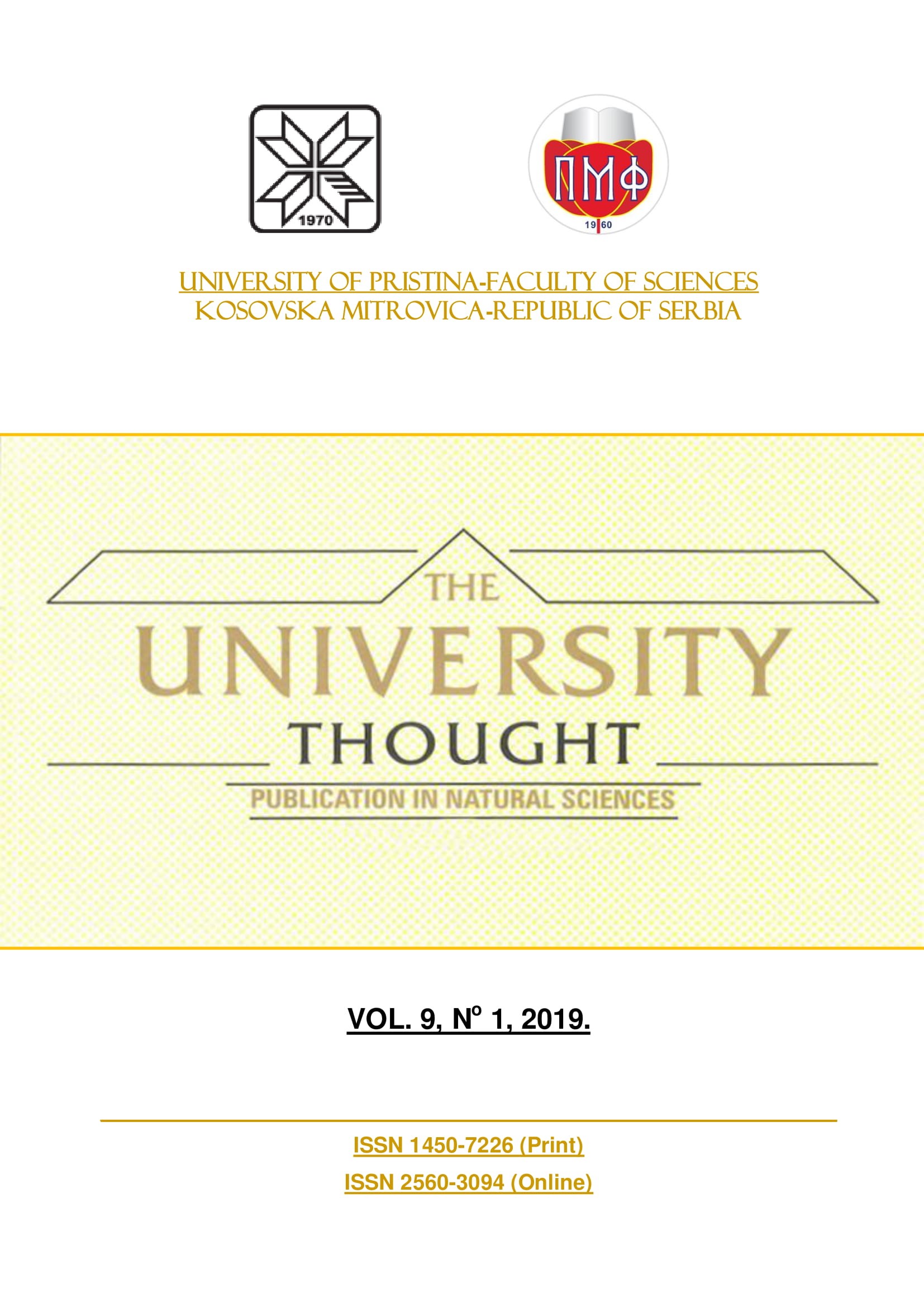COMPRESSION SET AND DAMPING PROPERTIES OF OIL-EXTENDED ELASTOMERS FOR SEALANTS PRODUCTION
Abstract
Damping materials have been widely used in the vibration and noise control to reduce their harmful consequences in different areas such as their application in the drilling equipment, aerospace and naval vessels, transportation vehicles, bridges and high buildings. Because of severe environmental standards, the oil fabrication is developing synthetic environmentally friendly drilling fluids. For a vehicle, applications are produced: the outer and inner beltline seals and the glass run channel. The compression set is the important characteristic of elastomeric sealing materials as spontaneous stress release during application due to the internal pressure or external forces variations. The temperature- and frequency-insensitive damping are of significance for industrial uses. Elastomeric hybrid materials based on terpolymers as network precursor are very common for sealants fabrication. The focus of this work was to prepare oil-extended elastomeric hybrid materials based on ethylene-propylene-diene monomer rubber (EPDM), ground calcium carbonate and furnace nano carbon black. Cure characteristics were carried out on oscillating disc rheometer. The crosslinking of rubber compounds was performed in a molding press. The compression set was assessed using the standard procedure. The morphology of the cryogenically fractured surface of samples with different content of paraffin oil was characterized by scanning electron microscopy (SEM). Mechanical properties and hardness were analyzed before and after the aging of obtained samples. Damping properties of prepared materialswere determined using bending mode. The loss tangent, tan δ, was used as a measure of vibration energy dissipation.
References
Allegra, G., Raos, G., & Vacatello, M. 2008. Theories and simulations of polymer-based nanocomposites: From chain statistics to reinforcement. Progress in Polymer Science, 33(7), pp. 683-731. doi:10.1016/j.progpolymsci.2008.02.003
Fröhlich, J., Niedermeier, W., & Luginsland, H. 2005. The effect of filler–filler and filler–elastomer interaction on rubber reinforcement. Composites Part A: Applied Science and Manufacturing, 36(4), pp. 449-460. doi:10.1016/j.compositesa.2004.10.004
Jovanović, V., Samaržija-Jovanović, S., Marković, G., Marinović-Cincović, M., & Budinski-Simendić, J. 2011. Mechanical and Morphological Properties Rubber Blends Reinforced with Nanofillers. Kautschuk Gummi Kunststoffe, 9, pp. 52-56.
Jovanović, V., Samaržija-Jovanović, S., Budinski-Simendić, J., Marković, G., & Marinović-Cincović, M. 2013. Composites based on carbon black reinforced NBR/EPDM rubber blends. Composites Part B: Engineering, 45(1), pp. 333-340. doi:10.1016/j.compositesb.2012.05.020
Leblanc, J. 2002. Rubber–filler interactions and rheological properties in filled compounds. Progress in Polymer Science, 27(4), pp. 627-687. doi:10.1016/s0079-6700(01)00040-5
Marković, G., Dević, S., Marinović-Cincović, M., & Budinski-Simendić, J. 2009. Influence of carbon black on reinforcement. Kautschuk Gummi Kunststoffe, 62(6) pp. 299-305.
Authors retain copyright and grant the journal right of first publication with the work simultaneously licensed under a Creative Commons Attribution License that allows others to share the work with an acknowledgement of the work's authorship and initial publication in this journal.

